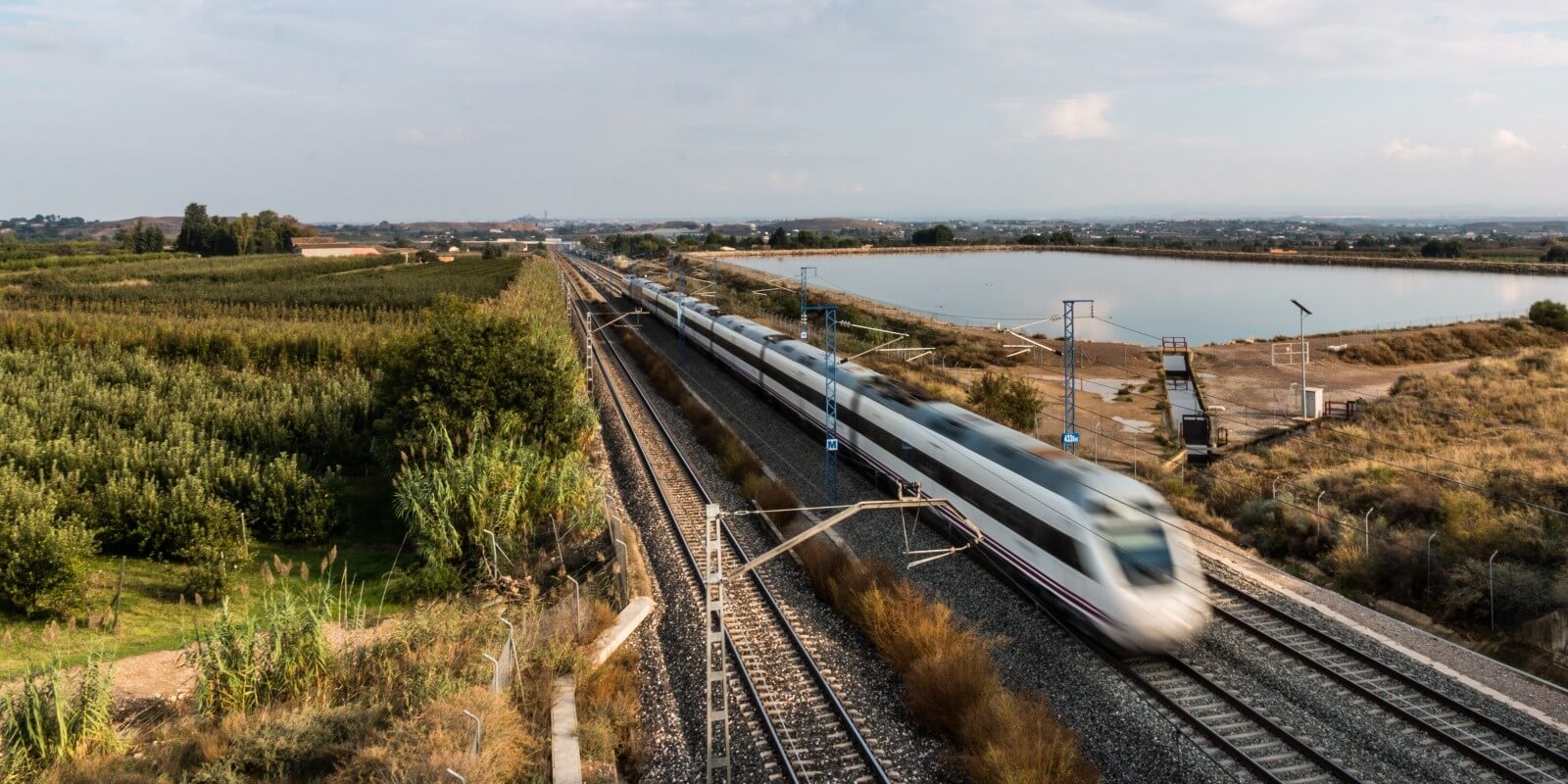EU (Parliament Politic Magazine) – On August 25, a big announcement was made by the European Commission (EC). They said they will set aside €411 million from a fund for building a super-fast train track between Murcia and Almería. They are focusing on two specific parts: Nonduermas to Vera, and Los Arejos to El Puche. The EC wants to make the Mediterranean Corridor better connected as part of the Trans-European Transport Network. This will make long train trips faster, more often, and more reliable. A really important thing is that the whole train track will use electricity and have a smart European level 2 system to control train traffic. They will also use advanced safety technologies to make it even safer.
The Train Track Carefully Planned For Passengers
The train track is carefully planned so that big passenger trains up to 400 meters long and cargo trains up to 750 meters long can use it. Passenger trains will go really fast, faster than 250 kilometers per hour. Cargo trains will go up to 100 kilometers per hour.
Also, the people in charge talked about using the same size for the track all along the route. This will make it easy for trains to move between France and Spain without problems. Elisa Ferreira, who helps with planning and changes, said that this new train track is really important. It will bring good changes not just to this area but also to other places.
She said that it will make travel easier and better, and it will create new chances for people and businesses. Ferreira also talked about how this train track will help the environment. It will reduce pollution from trucks on the road. This goes along with the European Union’s big plan to make the planet greener and better for the future. So, this train track will become a popular choice for people and businesses.
European Commission Gets Enough Money For Project
The European Commission also said that if they get enough money for the project by the end of the year, they will help pay for more parts of the track to be built, make the trains run on electricity, and improve how the signals work in the next few years.
A train track that goes between Murcia, Pulpi, and Aguilas is going to be improved. Right now, it’s only one track and not powered by electricity. They will make it into two tracks, and it will be wider. Also, they will add electricity to power the trains. Some parts of the track will be in new places. The places where the track crosses the road will be changed so that cars and trains don’t cross each other anymore.
There will also be a new fast train track that goes from Pulpi to Almeria. More people are expected to use the train between Murcia and Aguilas – maybe between 2 to 3 million people each year. Right now, about 1.2 million people use it.
The whole upgrade will be about 106.9 kilometers long. They will work on it in seven parts. The longest part is between Lorca and Pulpi, which is about 31.3 kilometers. In these parts, they will build 23 big bridges, nine tunnels (some new and some making old ones bigger), and 20 other structures.
Read More: Effective Risk Mitigation Approaches: A Closer Look at Supply Chain Disruption in Europe, UK, and US
A Brand New Track Is Built With Necessary Funds
A brand-new train track is going to be built. It will get money (about €446.6 million) from a program called European Recovery and Resilience Mechanism (MRR) through something called NextGenerationEU.
A company wants to make a new train track that goes from a place called Madrid Chamartín station to an airport called T4 terminal at Barajas Adolfo Suarez airport. This new track will be wider and have two tracks next to each other. It will connect with the fast train network.
The European Union is also giving money from the Next Generation EU program to help build this new train track. They shared its plans with the public to get their thoughts. People can give their opinions in a process that will take 15 days.
While they’re making the special train track that goes really fast, the company is also thinking about a way for some long-distance trains to reach the airport in the shorter term. They’re thinking about using the same tracks that the regular Madrid Cercanías trains use.


